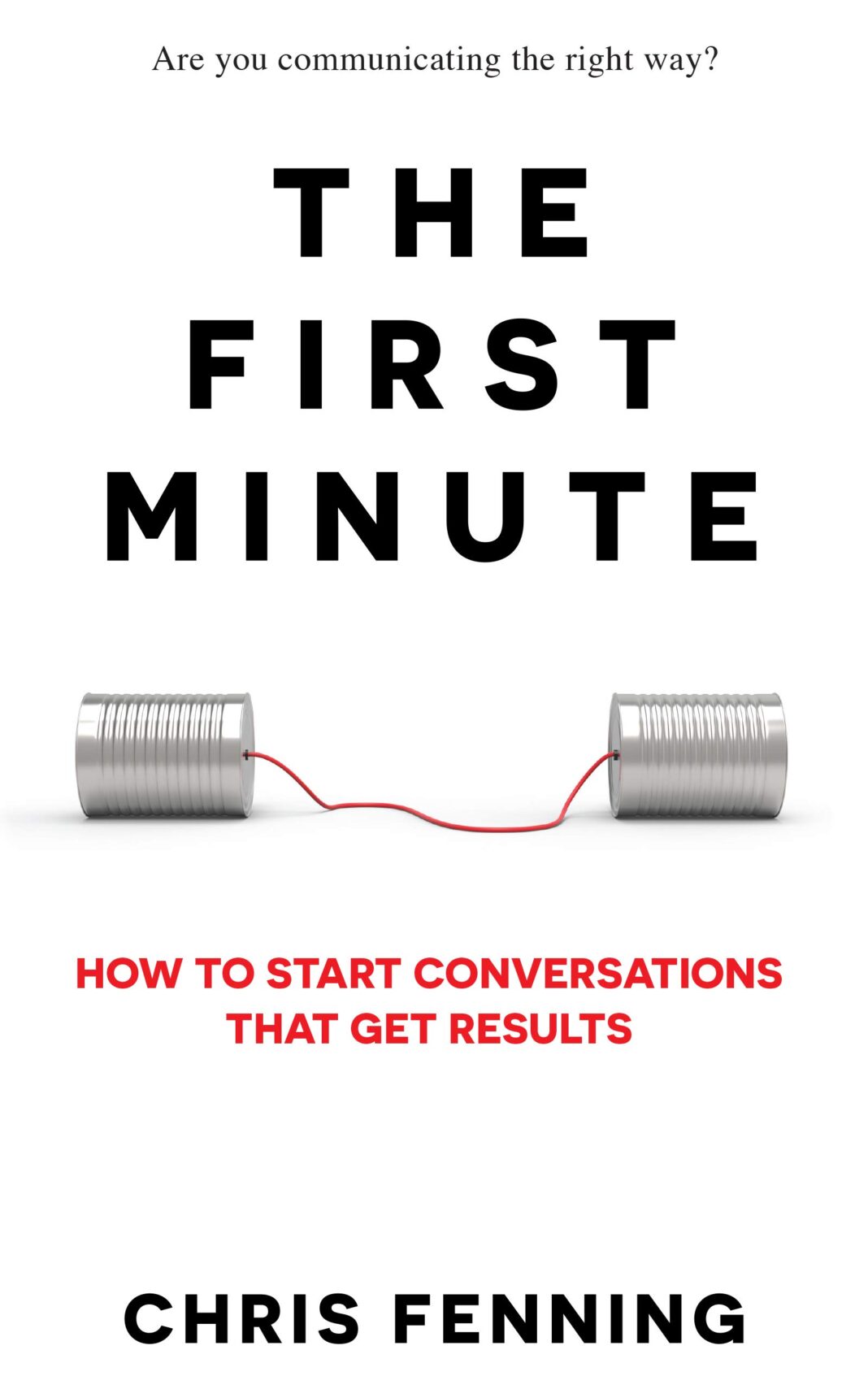It takes on the monumental challenge of transforming the way I communicate at work. This isn’t just another book on communication theory; it’s a tactical manual designed to cut through the noise of confusing workplace exchanges. Right from the first page, I sensed Fenning’s intent to strip away the fluff. There is a practical energy here that guided me to speak with purpose and precision.
The beauty of Fenning’s approach lies in its simplicity. He offered me a no-nonsense, step-by-step guide that I could immediately put into practice. One key element is the concept of the first minute—that vital window when people decide whether to tune in or tune out. Fenning tells me that being concise isn’t about trying to cram all my thoughts into a single breath. It is about communicating with clarity and intentionality. He states, “To be effective, you must eliminate the clutter and give focus to what truly matters.” It’s a message that resonates across each chapter, urging me to stop rambling and get to the heart of the matter.
What makes this book stand out is its practical nature. The methods Fenning presents are universally applicable—from meetings to emails to interviews. Transition words such as “however” and “therefore” are peppered throughout, keeping my attention focused and helping me connect each idea seamlessly. He provides a simple, yet powerful framework: make my intent clear, stick to one topic, and lead toward solutions. It’s a refreshing take, especially when I consider how easily workplace communication can become muddled by jargon and tangents.
Fenning also gives weight to the idea that better communication is not about the length of what I say but about the precision with which I say it. Personally, I’ve often found myself in meetings that seemed endless. People would discuss everything except the actionable next steps. This book helped me see that by changing just the first minute of those conversations, I could help lead others more effectively and save time—not just for myself, but for everyone involved.
In terms of practical application, the lessons from this book are immediately actionable. If I’m preparing for a meeting, I practice framing my thoughts around one clear objective. I use the first minute to get my audience on the same page by explaining what I intend to talk about, why it’s important, and what result I am hoping for. Likewise, in written communication, Fenning encourages me to be brief but informative. I cut out unnecessary words and zero in on what my reader needs to know. Implementing these methods has led me to shorter, more effective meetings, fewer misunderstood emails, and a general sense that I am leading discussions rather than following them. It’s a book that doesn’t just teach me how to communicate—it shows me how to communicate with impact.




